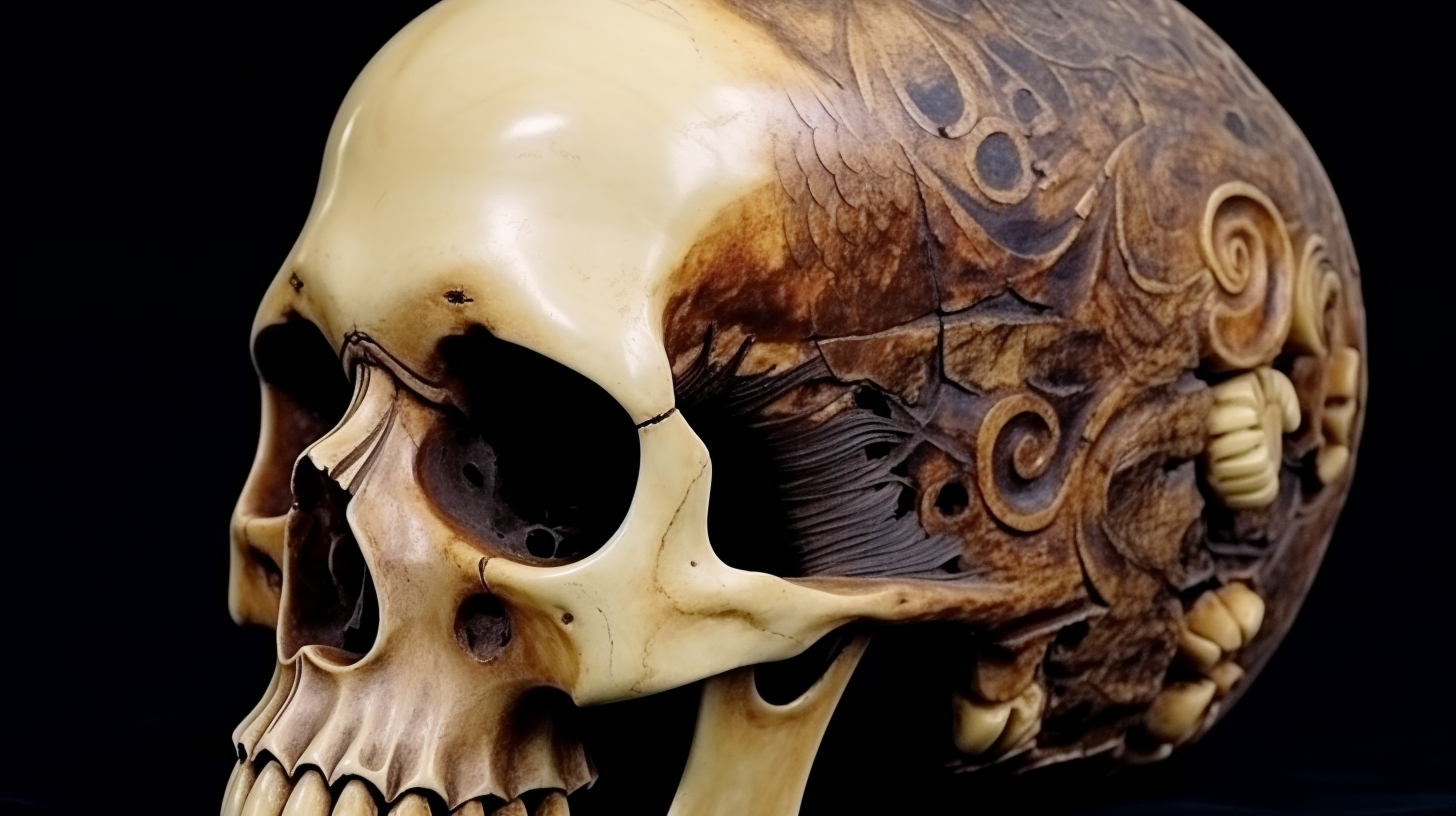A curious find in the realm of archaeology, the enigmatic Paracas skull numbered 44 stands out as a fascinating puzzle. Discovered in 2012 on the southern coasts of Peru, this skull reveals a unique characteristic – weighing a substantial 2.8 pounds, which is 25% heavier than the average male adult skull.
Adding to its mystery is the impressive cranial capacity of 1,500 cubic centimeters, surpassing the standard measurement by 20%. Notably, this skull deviates from the usual pattern by the absence of a sagittal suture, a typical joint present in human skulls between the parietal bones.
Deeper investigation into this enigma uncovers Paracas as a region with a fascinating history of unveiling numerous unconventional, deformed skulls dating back to 1927. During that period, archaeologist Julio Tello initiated excavations at a vast burial site believed to have been created by the ancient Paracas civilization that flourished in the area from 800 BC to 100 BC.

An influential figure in Peruvian archaeology, Julio C. Tello discovered more than just ordinary remains. He came upon mummified bundles containing individuals with elongated skulls, buried in family tombs that reached depths of up to 30 feet into solid rock.
The traditional belief among archaeologists attributes skull elongation to cranial deformation, a widespread cultural custom involving the deliberate reshaping of infants’ skulls while still forming. However, Brian Foerster, a dedicated investigator and the deputy director of the Paracas History Museum, contests the idea that head binding alone can explain all the irregularities present in Paracas skulls.
Foerster emphasizes that around 5% of these elongated skulls showcase shapes and sizes too complex to be solely attributed to head manipulation. Some skulls elongate not only vertically but also feature abnormally large eye sockets. They exhibit distinctive traits like posterior openings called foramen, thought to assist in blood and nerve flow, alongside remarkably sturdy jaws. Certain skulls even exceed the average human skull weight by a remarkable 60%, accommodating brains with 2.5 times the typical capacity.
The lingering query remains: if head binding is insufficient in elucidating these enigmatic skulls, then who or what were these captivating beings? The mystery deepened when genetic examinations were carried out on Paracas skull number 44, revealing astounding results. Initial DNA analysis unveiled segments that did not match any known human genetic material, hinting at a possible link between the Paracas lineage and Homo sapiens, although not directly with Homo sapiens itself.
Watch the Video:
Reflecting on the compelling archaeological evidence, one inevitably considers the existence of extraterrestrial life forms among us. Could Paracas hold clues to a segment of our history entwined with beings from dimensions beyond our own? While the solutions elude us, the relentless drive to uncover the truth behind these mysterious skulls propels us to delve further into undiscovered realms.
Isn’t it captivating?
